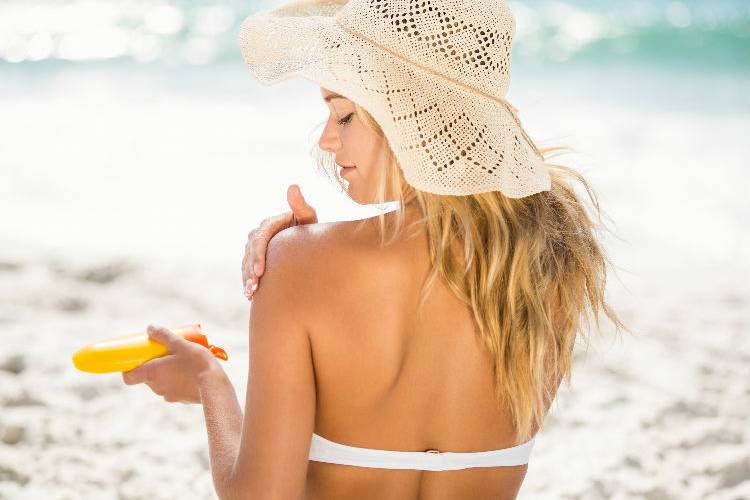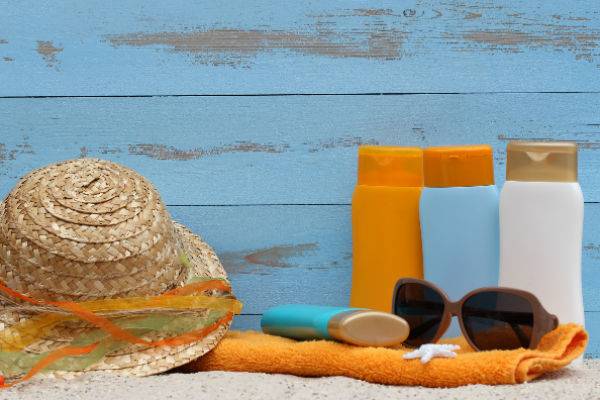Protect your skin from the sun
Enjoying the summer months means, for the majority of children, spending hours outdoors having fun in the open air, in the water and exposed to the sun. Making the most of the benefits that come from the sun can be compatible with keeping children protected, however. We just need to follow a few basic steps.
health and beauty
Share

Making sure our children wear the right clothes, keeping them hydrated, using sunscreen, sunglasses, caps and avoiding sunbathing during the middle of the day are the basic rules to avoid the dangers of the sun. Children's skin needs particular care, just as it does for old people.
Some tips on using sunscreen correctly
● Apply sunscreen 30 minutes before exposure to the sun for it to be effective.
● Use a high solar protection factor product (30 to 50) and apply enough to completely cover the skin.
● Take care with the most sensitive parts of the body: face, neck, head, shoulders, the neckline, ears, hands and insteps.
● A specific sunscreen should be used on the lips.
● Sunscreen should be reapplied every hour, after leaving the water, or if they are sweating a lot.
● It is very important to repeatedly reapply protective cream to children.
● Clouds can let in the UV rays, so even if it is cloudy, it should still be used.
● Sunscreen also expires, so check the date because it may have lost its protective properties..
The time and place are important
● Avoid children’s exposure to the sun between 12.00 noon and 4.00 pm.
● Be careful on cloudy days. 85% of UV rays can pass through the clouds.
● The higher you go, the greater the risk of getting sunburnt. For every 300 metres you climb, there is a 4% greater chance of burning.
● Water, snow and sand increase the impact of the sun by up to 80%.
The higher you are, the greater the risk of getting sunburnt. For every 300 metres you climb, there is a 4% greater chance of burning.

Some advice for mums too!
● If you use makeup, you should first apply your sunscreen and then make up.
● Sunscreen should be used all year round (or you could opt for makeup or face creams containing it) to prevent skin aging and the appearance of blemishes.
● Avoid putting perfume on the skin before sunbathing because it can cause blemishes. Also, certain medicines can be photosensitive, so it is recommended to read the leaflet in the box.
Discoloration of the skin
Most skin blemishes are basically due to the effect of the sun and UV rays. Birthmarks, freckles and moles are not included in this category. Therefore, if you notice any discolorations on your child's skin, it is best to see a dermatologist.
● Lentigo: coffee-coloured stains. These are usually found on the hands and neckline and are a consequence of being exposed to the sun regularly, without any protection, over many years. They are distinguished because their colour does not vary throughout the year.
● Melasma and chloasma are dark spots that appear on the face, especially on the forehead, cheeks and also the upper lip. They darken at the sunniest times of the year. They can occur at any time, although they are more likely to appear during pregnancy, if you take contraceptives or if you suffer from hormonal disorders. They may also arise as a result of medical treatments causing photosensitivity.
● Post-inflammatory hyperpigmentation (HPI): usually appears as a result of a skin disease. The most common cause is acne.






